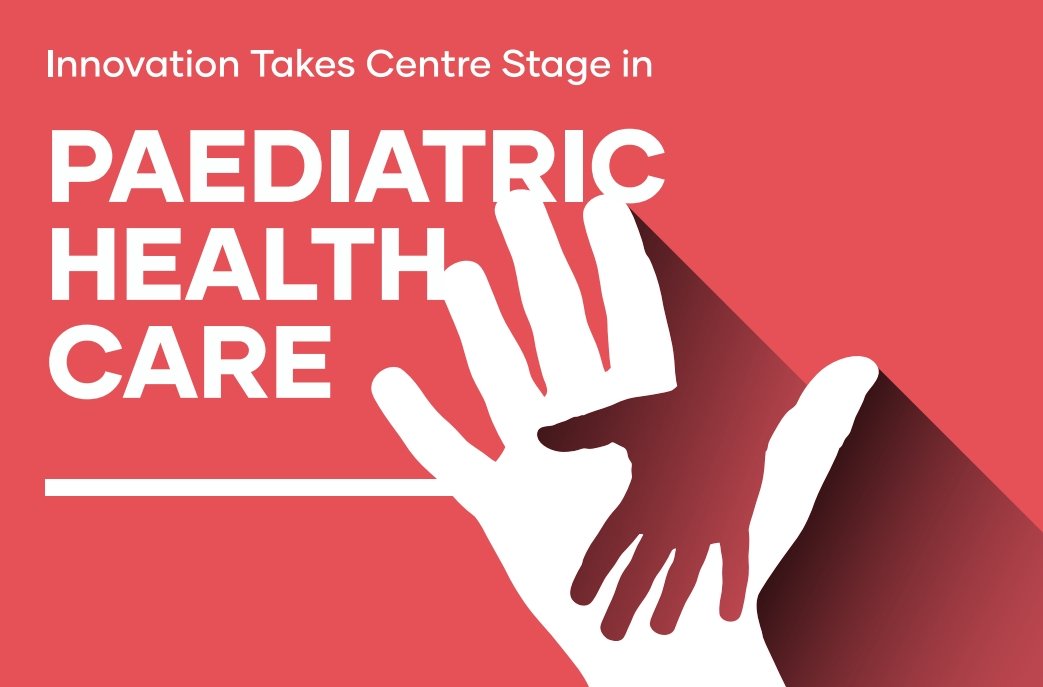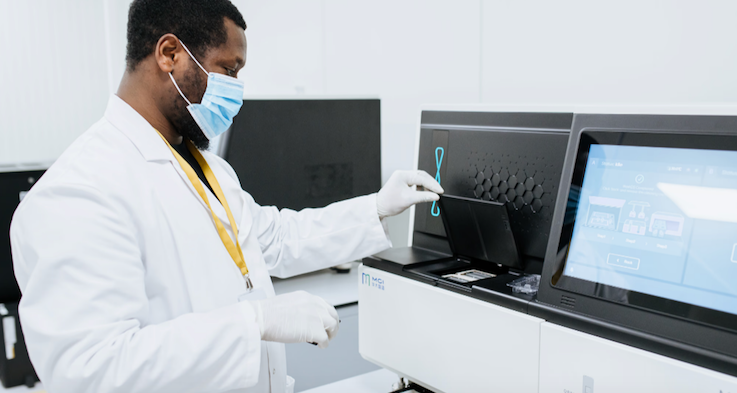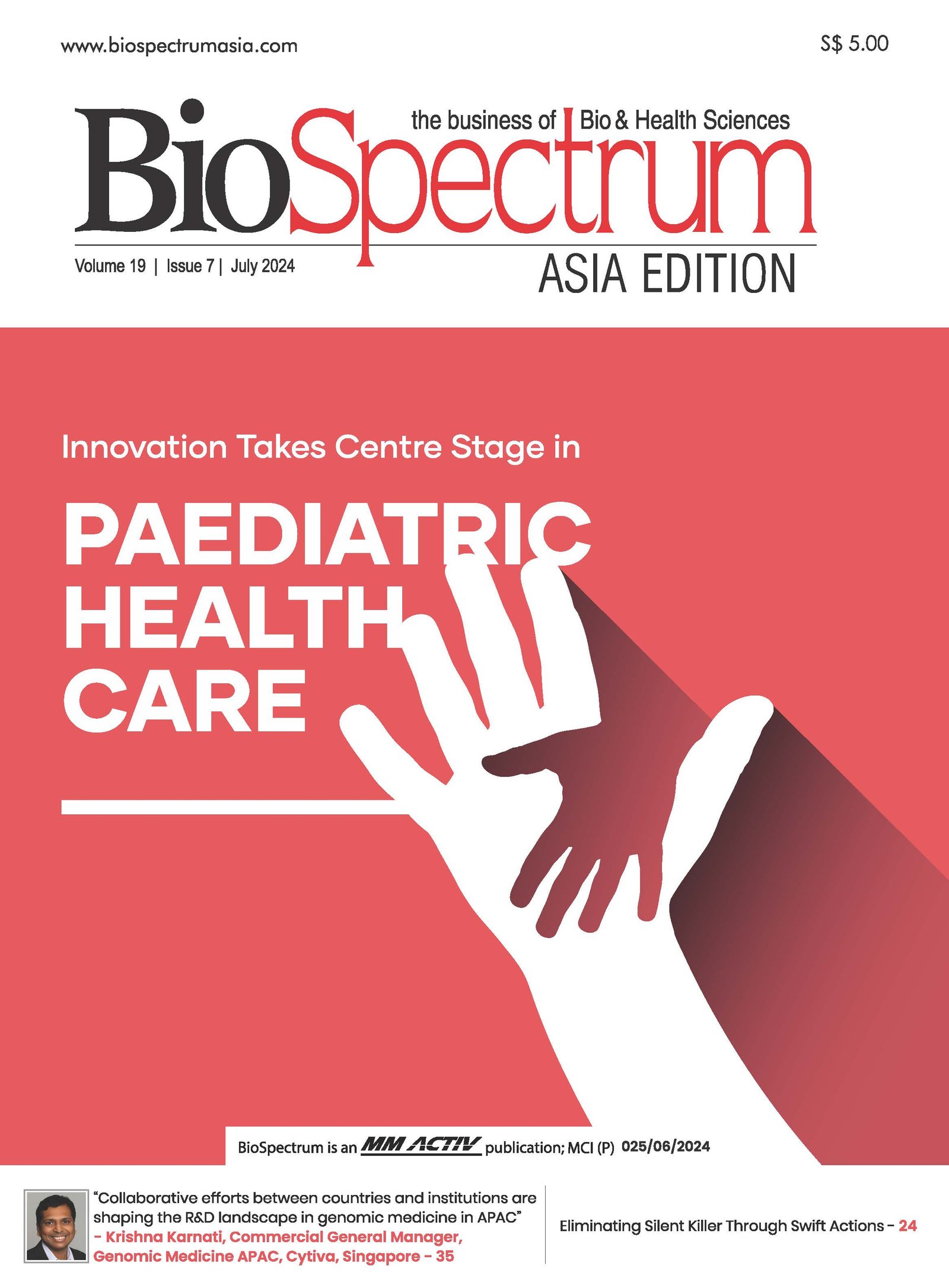"Integrating process data poses several significant challenges in biomanufacturing"
28 May 2024 | Opinion
Data Management & Analytics are driving a paradigm shift in biomanufacturing, ushering in the era of Biopharma 4.0. As bio manufacturers continue to embrace digital transformation, data-driven decision-making will remain central to driving innovation and maintaining competitive advantage in the dynamic biopharmaceutical landscape. Emerging software such as Bio4C ProcessPad™ enables bioprocess monitoring, lifecycle management, reporting, investigations, and continued process verification (CPV). In conversation with Ashok Kumar, Head of BIO4C Commercial – Merck Life Science (Asia Pacific), BioSpectrum gathers more details.

What are the key highlights & advantages of the Bio4C Process Pad? How does it benefit the biopharma industry to implement Continued Process Verification?
Pharmaceutical and biopharmaceutical processes are complex and highly variable in nature, which can lead to inconsistent results and sometimes unpredictable process outcomes. To manage this complexity, in-depth knowledge and a thorough understanding of the process and the various factors affecting process performance are critical. This is where Bio4C ProcessPad™ software comes into play. The solution can make the entire process more efficient by streamlining data management and analytics.
Bio4C ProcessPad™ is designed to collect data, visualise it, and provide analytics for bioprocess monitoring, lifecycle management, reporting, investigations, and continued process verification (CPV). By intelligently combining process data from different sources, the solution creates a single integrated data source that is updated, comprehensive, and easily accessible throughout the product life cycle. Bio4C ProcessPad™ offers a comprehensive solution to manage process data throughout the life cycle.
Furthermore, the solution enables businesses to achieve a Unified Data Management process by consolidating data from diverse sources such as batches, ERP, MES, and LIMS. This ensures data integrity and completeness throughout the product lifecycle.
Here are some advantages of the Bio4C Process Pad:
- Bio4C ProcessPad™ simplifies reporting by offering templates for campaign reports, process summaries, and regulatory reviews like Annual Product Reviews (APRs) and Annual Product Quality Reviews (APQRs). This streamlines compliance obligations and facilitates informed decision-making.
- In addition to offline data, the Process Pad gathers and integrates real-time streaming data from processing equipment, enabling continuous monitoring of critical parameters. This proactive approach facilitates early detection of deviations and ensures process stability.
- With an intuitive interface requiring minimal training, Bio4C ProcessPad™ is accessible to users across all levels of expertise. Its rapid deployment capability allows for quick integration into existing workflows, enhancing operational efficiency.
- The platform's advanced visualisation technologies empower users to explore parameter correlations across various process steps. This facilitates in-depth analysis and optimization efforts, leading to enhanced process efficiency and product quality.
- Designed specifically for pharmaceutical and biopharmaceutical organisations, the Bio4C Process Pad offers flexibility and scalability. It can be tailored to suit specific user requirements and seamlessly accommodates growth and expansion within the industry.
Value Proposition of Bio4C ProcessPad™ in Managing CPV
In biopharmaceutical manufacturing, a product's life cycle has three stages: process design, process performance qualification, and continued process verification (CPV). CPV being the last is also the most crucial phase, as it involves ongoing monitoring throughout the product's commercial life. Bio4C Process Pad simplifies CPV management in the biopharma industry by offering unified data management, real-time monitoring, advanced visualisation tools, and automated reporting.
Bio4C ProcessPad™ stands out as the sole browser-based software for CPV in the market. Its 100% browser-based design, utilising cutting-edge web technologies, makes it ideal for collaboration, scalability, and performance. With an intuitive user interface requiring minimal training, Bio4C ProcessPad™ can be deployed within weeks, unlike other software that may take months. Tailored specifically for pharmaceutical and biopharmaceutical organisations, its architecture ensures easy adoption across all user levels. Unlike software focused solely on advanced analytics, Bio4C ProcessPad™ is accessible to all expertise levels, not just data scientists.
How does the Bio4C Process bring data from disparate sources to a central platform for data management and analytics? Are there any challenges associated with it?
Integrating process data poses several significant challenges in biomanufacturing, stemming from the complexity of the processes involved and the diversity of data sources. Some of these challenges include data fragmentation, data silos, data standardisation, real-time data processing, ensuring data quality and integrity, scalability and flexibility, along with maintaining regulatory compliance. Addressing these challenges requires a comprehensive approach that encompasses data governance, standardisation efforts, interoperability solutions, advanced analytics capabilities, and collaboration among stakeholders. By overcoming these challenges, bio manufacturers can unlock the full potential of integrated process data to drive operational excellence, innovation, and competitive advantage in the biopharmaceutical industry.
Bio4C ProcessPad™ takes these challenges head on by supporting data acquisition, aggregation, and analysis, serving as a single validated data source. It addresses data standardisation, governance, volume, aggregation, and contextualization issues. By capturing data from various sources like paper records, spreadsheets, and databases, it eliminates data silos. The solution’s data connection tool can acquire, and automatically assemble complex and multidimensional data into analysis-ready format and analyse data from batch records. Furthermore, the software's RT module enables real-time analysis of streaming data, offering process engineers easy access for monitoring and troubleshooting
Process Verification (CPV) system for biopharma/pharma applications? Please give examples.
CPV, the third stage of the process validation process, involves ongoing evaluation of the parameters and features outlined in the control plan established during the process design stage and fine-tuned in the process qualification stage. Its primary goal is to uncover any variations in the process and related quality attributes that may have gone undetected during the initial characterization and introduction of the process. CPV ensures that the control strategy efficiently maintains product quality. CPV also has the potential to discover ways to enhance process performance and control. By analysing data from past manufacturing or characterisation studies using statistical techniques, CPV establishes criteria for detecting signals, establishes limits, and puts in place response measures for continuous operations.
Ensuring successful CPV systems for biopharma/ pharma applications involves the following five primary steps:
- Establishing clear parameters and criteria for signalling
- Set the frequency for monitoring and evaluation
- Define criteria for evaluating signals and determine appropriate actions
- Take further actions if required
- Record signals and corresponding responses
How to tackle the regulatory warning surrounding the efficiency of CPV?
CPV is a regulatory requirement, and any deficiency in the process can lead to warning letters or even plant closure. FDA expectations for CPV includes an active programme for collecting and analysing product and process data that relate to product quality which include but is not limited to:
- Defined procedures for data collection and trending
- Verifying the quality attributes of the collected data
- Intra-batch and inter-batch variation
- Making sure that the data should be collected to evaluate process stability and capability
- Data should be statistically trended
FDA also expect that manufacturers must have a system for detecting unplanned departures from the process which includes:
- Evaluating the performance of the process
- Identify potential roadblocks and problems
- Determine if corrective action is necessary
- Anticipate and prevent problems to ensure control
Bio4C ProcessPad™ Software provides data management and analytics solutions as per regulatory guidelines. Bio4C ProcessPad™ facilitates compliance by meeting applicable requirements including unique usernames and passwords, timestamped audit trails, and secure storage of all records. Bio4C ProcessPad™ acts as an aggregated, single source of validated data that ensures data are current, complete, and contextual throughout the product life cycle.
What are the company's future plans to enhance or upgrade the use of Bio4C ProcessPad?
Merck is committed to making a significant impact in people’s lives, particularly by advancing the development of high-quality treatments through the application of software technologies. We are exploring various ways to showcase our services, with a primary focus on assisting the industry players and embracing the future of bioprocessing. Our mission is to develop innovative technologies that will significantly improve the lives of therapeutic producers. Our diverse team of scientists, engineers, and software professionals within the digital R&D unit continuously explores new capabilities for Bio4C ProcessPad™ software.
Going forward, we are excited about our upcoming release of version 4.4 which promises to offer for the first time ever by any other platform a comprehensive out-of-the-box solution to manage end-to-end Annual Product Quality Reviews (create, review, approve, and archive) and a much more feature rich advance campaign report that can directly be consumed in the reporting of CPV. Some of the areas we are working on include:
- Advanced reporting capabilities
- Predictive and Prescriptive Analytics
- Process optimization
- Feedback control
- Autonomous operations
- Natural language processing to support search,
- Retravel and reporting from the data, Application of AI/ML in predictive maintenance of the systems
We, at Merck, aspire to support the industry in realising the facility of the future through our BioContinuum Platform and Bio4C ProcessPad™. These solutions along with Merck’s relentless pursuit for innovation put us in a crucial position to play a critical role in this evolving biopharmaceutical space.
Dr Manbeena Chawla












